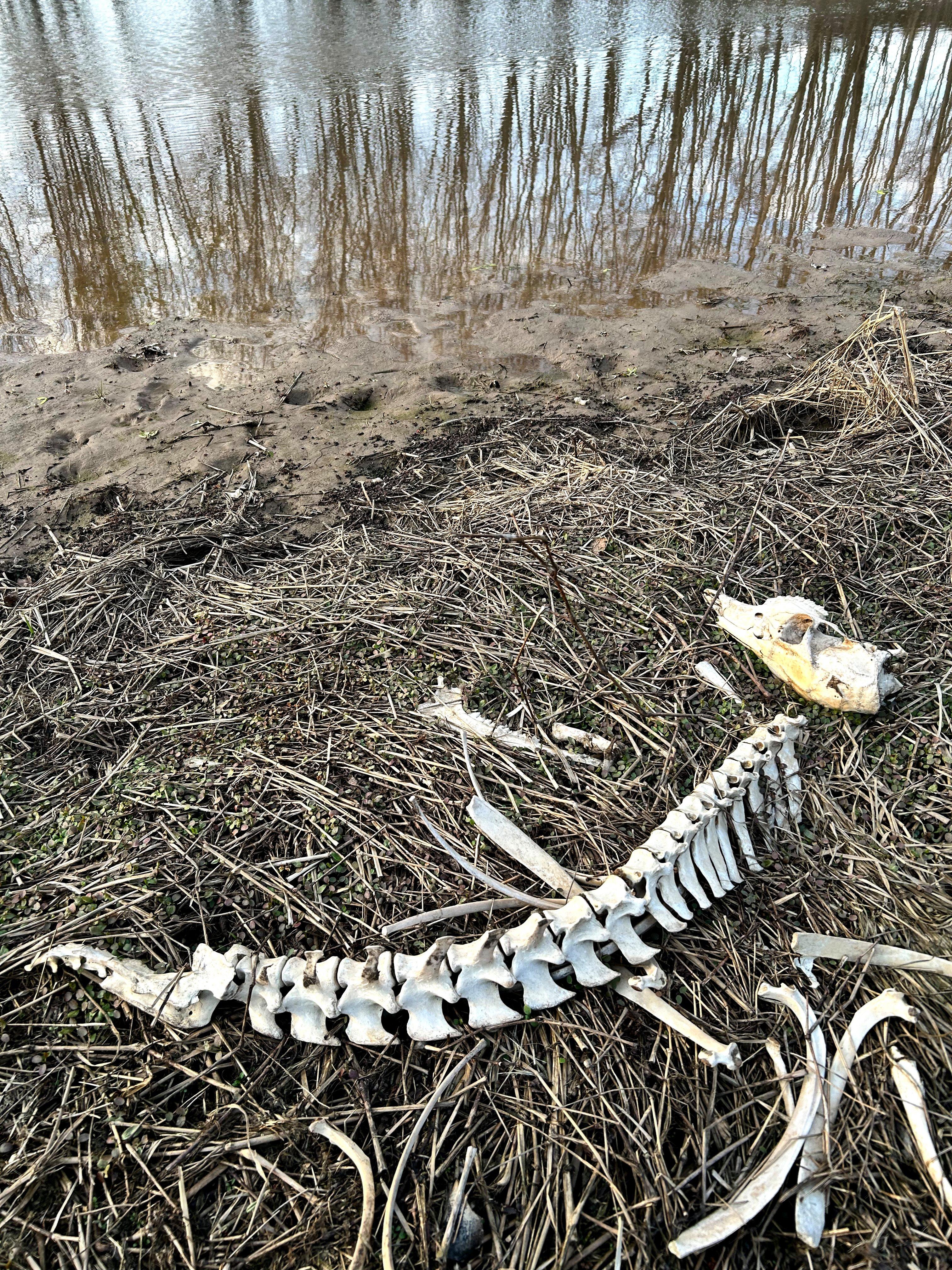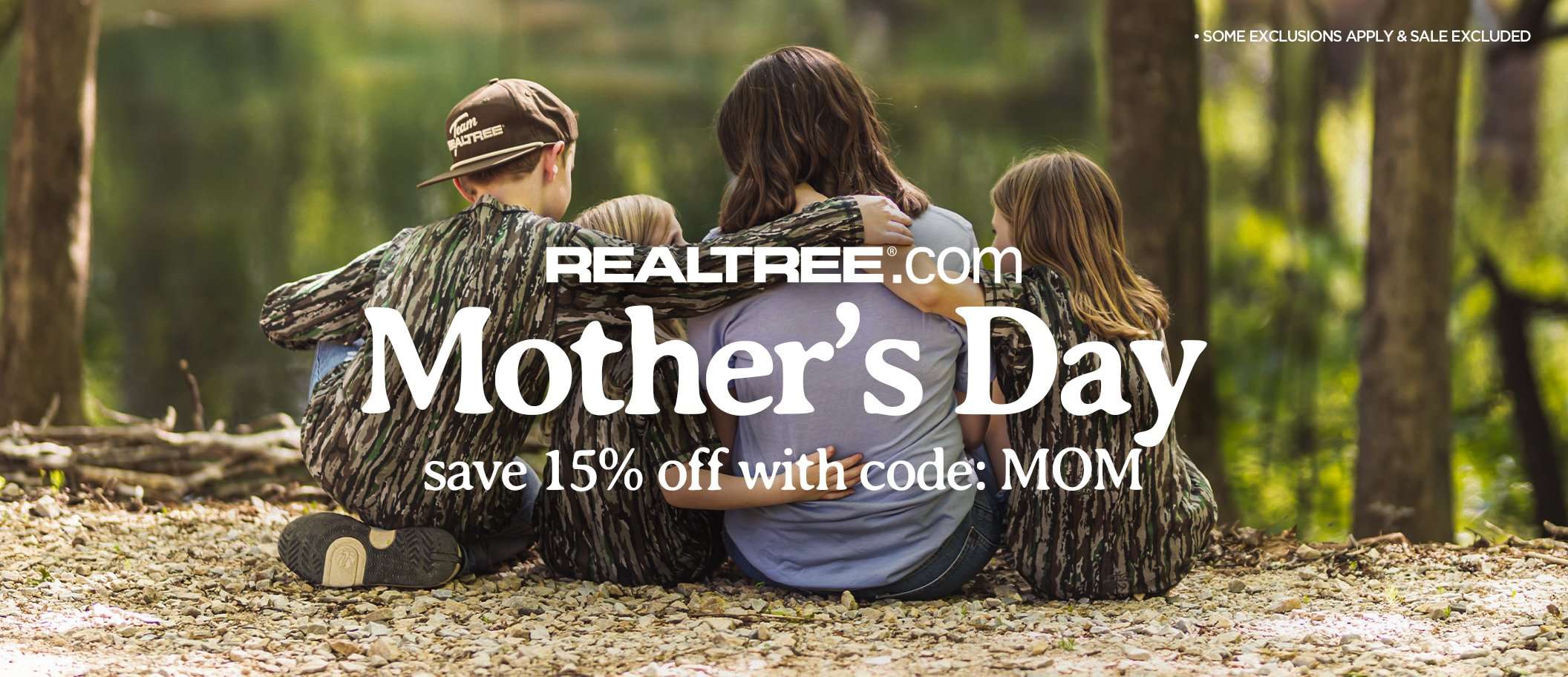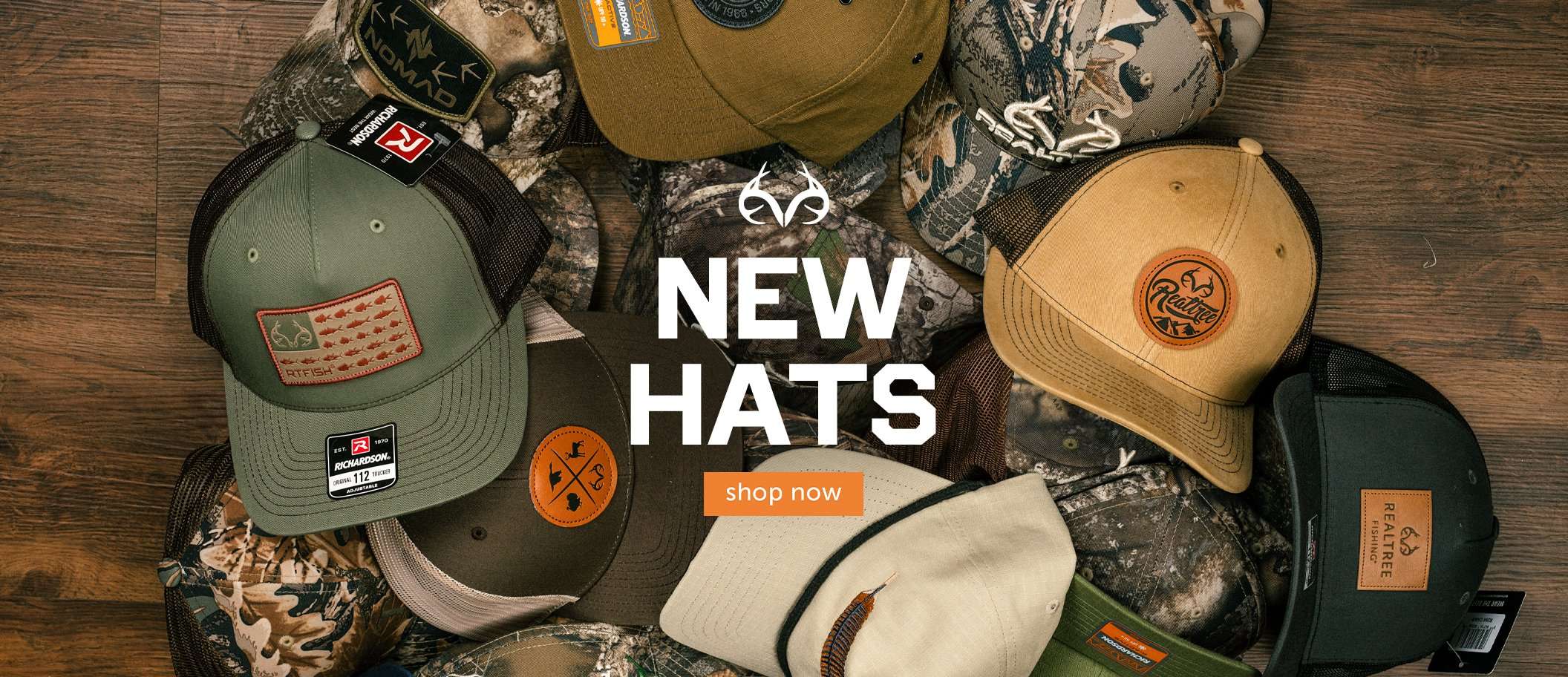Researchers say seemingly oddball occurrences might not be so arbitrary after all

Some pockets of CWD pop up at seemingly isolated locations hundreds of miles from the next nearest known case. Honeycutt Creative photo
If you look at a map of chronic wasting disease distribution throughout North America, it might seem like an inebriated barhop tossed darts at a globe. CWD-positive cases appear to be random. But are they? Or is there a pattern to CWD establishment?
“Most states don’t test at a high enough rate to identify all the positive cases,” said Kip Adams, chief conservation officer for the National Deer Association. “So, in low-prevalence areas, the disease appears in random fashion. However, [some] states have more strategic sampling protocols today, and they’re able to predict where the disease might show up. Tennessee was a perfect example of this. There’s also a rate of spread out from existing disease areas that is a predictable pattern.”
Therefore, those seemingly random popups can be results of a smaller sampling program in a low-prevalence region. It might even be the result of targeted surveillance in a focused geographic area. As noted by Adams, those efforts often precede the discovery of a contaminated hunter-harvested carcass, confirmation from a road-killed animal, or confirmation from a suspect animal that progressed through the incubation period and developed symptoms (which is less likely, but occasionally occurs).
Some might still question why so many CWD-positive stand-alone counties appear on the landscape. Why are these lone CWD-positive counties hundreds of miles from the nearest case? Take Florida, for example. It has a CWD-positive county in the Panhandle, hundreds of miles from the nearest case in southern Mississippi. Other isolated county occurrences are found in Arkansas, Mississippi, Ohio, Texas, and more.
According to Adams, those oddball cases can result from CWD-positive captive herds. “For example, Pennsylvania has seven disease management areas, and five are the result of a captive operation,” he said.
Of course, moving any wild deer can spread CWD. That’s another reason state wildlife agencies no longer restock cervids of any kind, as it can potentially spread the disease. Currently, there is no practical or reliable live-animal test to prevent the relocation of a positive animal.

Disease continues to be a problem for whitetails in North America. Honeycutt Creative photo
It’s also possible that some deer might travel long distances on their own, although going hundreds of miles isn’t feasible. Such a deer could infect another deer, which could also disperse. And that process might continue until a sudden positive detection appears at “random.” Meanwhile, there would likely be undetected positives between the seemingly random case and where it originated from.
Last, hunters should know that moving high-risk parts (eyes, brain, spleen, and backbone) of harvested deer can deposit prions onto the ground and into the soil, where they remain viable for years. Live deer that encounter the infected area can then contract the disease. Therefore, moving deer carcasses from a CWD-positive area, throwing it in the truck, and driving home can introduce the disease to an area where it didn’t previously exist.
Fortunately, with adequate knowledge and proper precautions, hunters can help stop or slow the spread of CWD. “They can oppose their state allowing any movement of live animals,” Adams said. “They can follow carcass bans and not move the high-risk parts of animals they shoot, and they can make sure their hunting buddies know and follow those rules. They can also support their state wildlife agency’s CWD program. Finally, they can (and should) keep hunting and submit animals for testing if they’re harvested in a disease zone.”
Although CWD seems all doom and gloom, researchers learn more about the disease every day. And it doesn’t appear at random. We know how it moves, but preventing the spread is in the hands of deer hunters, wildlife officials, and even those in the captive cervid industry.
“There are a lot of researchers spending an incredible amount of time and money on this issue,” Adams said. “We know more today about how it moves, how we can decontaminate knives and processing utensils (10% bleach solution), and how we can limit its spread. The situation is not hopeless, and hunters can engage make a difference in this fight.”
Don’t Miss: CRAZY PLACES WHITETAILS LIVE












